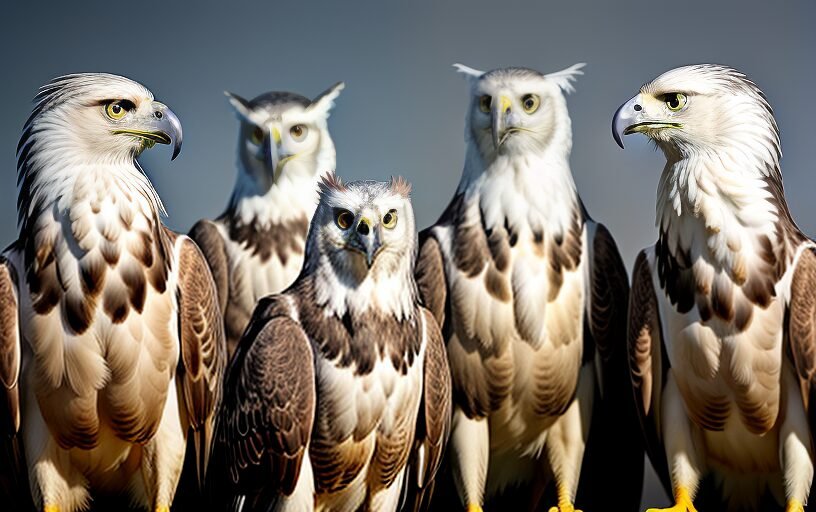Introduction
Birds of prey, or raptors, are among the most impressive and powerful creatures in the animal kingdom. These birds are characterized by their keen eyesight, sharp talons, and formidable hunting skills. From the dense rainforests of Central America to the icy tundras of the Arctic, raptors have adapted to thrive in various environments. In this article, we will explore the top 10 most powerful birds of prey in the world, ranked based on their strength, hunting prowess, size, and other attributes. Join us as we delve into the world of these magnificent avian predators.
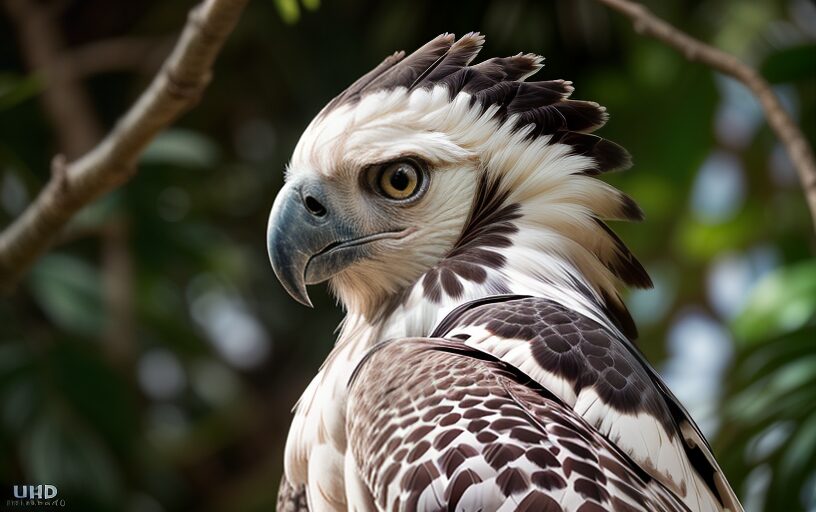
1. Harpy Eagle
Profile:
- Habitat: Rainforests of Central and South America
- Size: Up to 40 inches in length, wingspan of 6.5 feet
- Weight: Up to 20 pounds
Hunting Prowess: The Harpy Eagle is one of the largest and most powerful raptors in the world. It preys on monkeys, sloths, and large birds, using its powerful talons to exert immense pressure, capable of crushing bones. Its formidable hunting skills make it a top predator in its habitat.
The Harpy Eagle’s incredible strength and agility allow it to navigate the dense canopies of rainforests with ease. Despite its large size, it can maneuver through trees to catch its prey, showcasing an impressive blend of power and finesse.
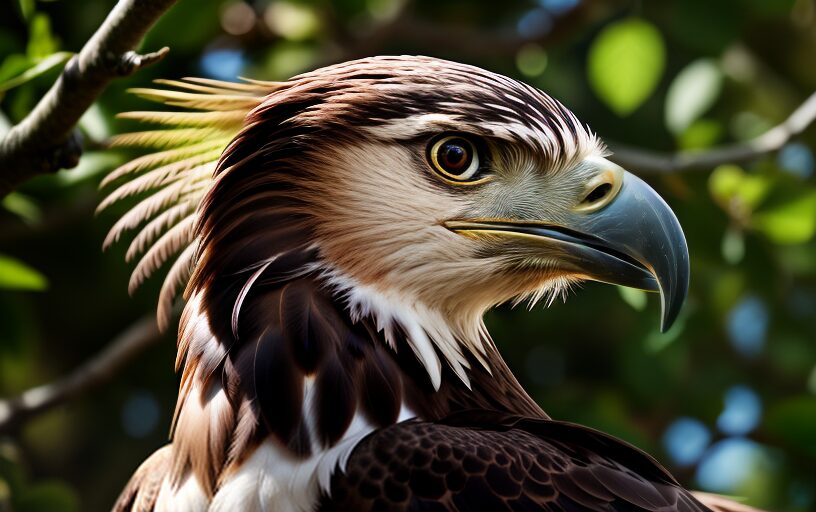
[/et_pb_text][et_pb_image src=”https://afeathertogether.com/wp-content/uploads/2024/05/0-9d03c78d-32de-4e17-a608-6256907b87a2-816×512.jpg” admin_label=”Philippine Eagle Image” _builder_version=”4.25.1″ _module_preset=”default” global_colors_info=”{}”][/et_pb_image][et_pb_text admin_label=”2. Philippine Eagle Text” _builder_version=”4.25.1″ _module_preset=”default” hover_enabled=”0″ global_colors_info=”{}” sticky_enabled=”0″]
2. Philippine Eagle
Profile:
- Habitat: Philippine rainforests
- Size: Up to 3.35 feet in length, wingspan of 7.2 feet
- Weight: Up to 18 pounds
Hunting Prowess: Known as the national bird of the Philippines, the Philippine Eagle is an apex predator that primarily feeds on monkeys, flying lemurs, and large snakes. It possesses exceptional eyesight, allowing it to spot prey from great distances.
The Philippine Eagle is critically endangered, with only a few hundred individuals remaining in the wild. Conservation efforts are crucial to protect this majestic bird and its habitat, ensuring its survival for future generations.

3. Bald Eagle
Profile:
- Habitat: North America, near large bodies of open water
- Size: Up to 3 feet in length, wingspan of 8 feet
- Weight: Up to 14 pounds
Hunting Prowess: The Bald Eagle, an iconic symbol of the United States, primarily feeds on fish, which it snatches from the water with its powerful talons. It also preys on birds and small mammals. Known for its striking appearance and powerful flight, the Bald Eagle is a formidable hunter.
Bald Eagles are known for their impressive nests, called eyries, which can be up to 13 feet deep and 8 feet wide. These nests are often used for many years, with eagles adding to them annually.

4. Golden Eagle
Profile:
- Habitat: Northern Hemisphere, open and semi-open areas
- Size: Up to 3.3 feet in length, wingspan of 7.5 feet
- Weight: Up to 15 pounds
Hunting Prowess: Golden Eagles are renowned for their speed and agility in flight. They hunt mammals such as rabbits, squirrels, and even foxes, using their powerful talons to capture and kill their prey. Their ability to soar at great heights and dive at incredible speeds makes them exceptional hunters.
Golden Eagles have been used in falconry for centuries, particularly in Mongolia, where they are trained to hunt game. This ancient practice showcases the close relationship between humans and these majestic birds.

5. African Crowned Eagle
Profile:
- Habitat: Sub-Saharan Africa, forests and woodlands
- Size: Up to 3.3 feet in length, wingspan of 6 feet
- Weight: Up to 10 pounds
Hunting Prowess: The African Crowned Eagle is known for its exceptional strength and powerful talons, which it uses to hunt small antelope, monkeys, and large birds. Its strong legs and talons allow it to deliver fatal blows to its prey, making it one of the most formidable raptors in Africa.
This eagle’s call is a distinctive high-pitched whistle, which it uses to communicate with its mate and establish its territory. The African Crowned Eagle’s striking appearance and vocalizations make it a fascinating subject for bird enthusiasts.

6. Stellar’s Sea Eagle
Profile:
- Habitat: Coastal regions of northeastern Asia
- Size: Up to 3.5 feet in length, wingspan of 8 feet
- Weight: Up to 20 pounds
Hunting Prowess: Stellar’s Sea Eagle is one of the largest eagles in the world, known for its immense size and power. It primarily feeds on fish and water birds, using its strong beak and talons to catch and kill its prey. This eagle’s impressive hunting skills and striking appearance make it a standout among raptors.
Stellar’s Sea Eagles are known to travel long distances during the winter months in search of food, showcasing their incredible stamina and adaptability to different environments.
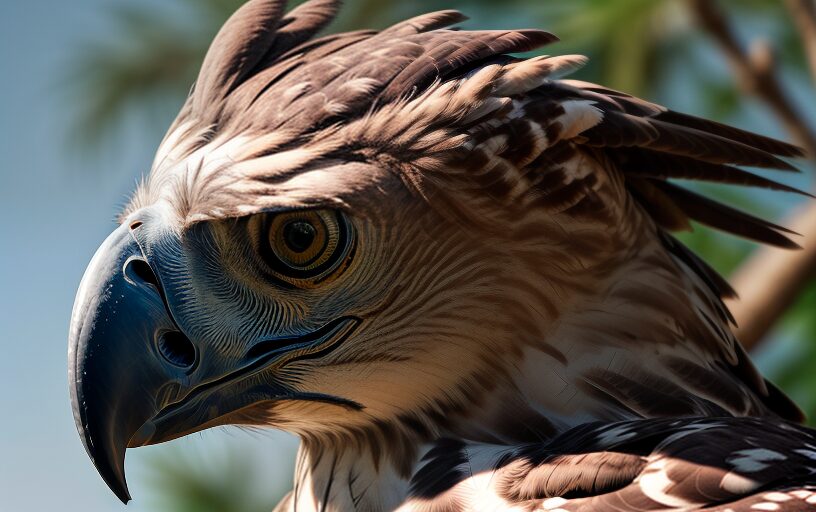
7. Martial Eagle
Profile:
- Habitat: Sub-Saharan Africa, savannas, and open woodlands
- Size: Up to 3.2 feet in length, wingspan of 8.5 feet
- Weight: Up to 14 pounds
Hunting Prowess: The Martial Eagle is Africa’s largest eagle and one of its most powerful predators. It preys on a wide range of animals, including small to medium-sized mammals and birds. Its impressive strength and stamina allow it to take down large prey, making it a top predator in its habitat.
Martial Eagles are known for their keen eyesight, which allows them to spot prey from great distances. Their striking plumage and powerful build make them a favorite among bird watchers and photographers.

8. Eurasian Eagle-Owl
Profile:
- Habitat: Europe and Asia, diverse habitats including forests and deserts
- Size: Up to 2.5 feet in length, wingspan of 6.5 feet
- Weight: Up to 10 pounds
Hunting Prowess: The Eurasian Eagle-Owl is one of the largest owl species in the world, known for its remarkable night vision and silent flight. It preys on mammals, birds, and reptiles, using its powerful talons and beak to catch and kill its prey.
This owl’s distinctive ear tufts and striking orange eyes make it easily recognizable. Its silent flight is due to specialized feathers that reduce noise, allowing it to hunt stealthily at night.

9. Snowy Owl
Profile:
- Habitat: Arctic regions, tundra
- Size: Up to 2.5 feet in length, wingspan of 5.5 feet
- Weight: Up to 6 pounds
Hunting Prowess: The Snowy Owl is well-adapted to its cold environment, with excellent camouflage and hunting skills. It preys on lemmings, voles, and other small mammals, using its sharp talons and beak to catch and kill its prey.
The Snowy Owl’s striking white plumage provides excellent camouflage against the snowy landscape, allowing it to hunt effectively. During the breeding season, these owls are highly territorial and will fiercely defend their nests.
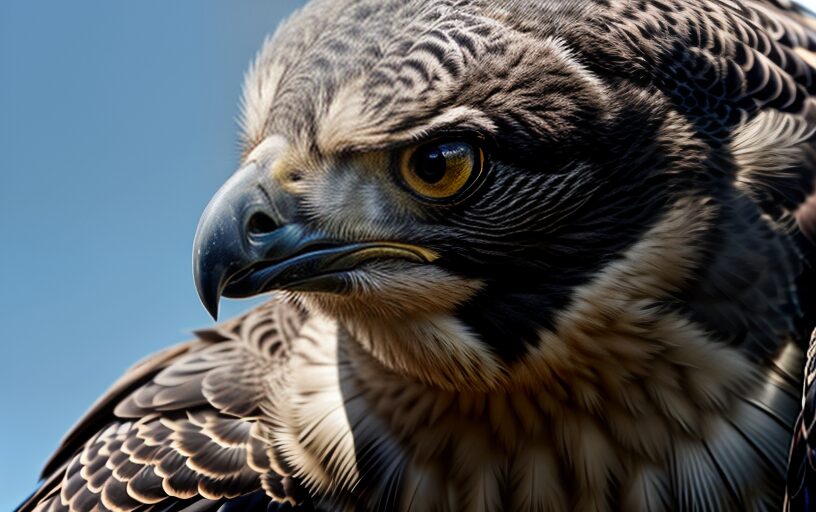
10. Peregrine Falcon
Profile:
- Habitat: Worldwide, except extreme polar regions and large rainforests
- Size: Up to 1.5 feet in length, wingspan of 3.5 feet
- Weight: Up to 3.5 pounds
Hunting Prowess: The Peregrine Falcon is renowned for its incredible speed, capable of reaching over 200 mph in a dive. It preys on birds, including pigeons and ducks, using its sharp talons and beak to catch and kill its prey. The Peregrine Falcon’s speed and agility make it one of the most formidable hunters in the bird world.
The Peregrine Falcon’s remarkable speed is due to its specialized body structure, including strong chest muscles and a streamlined shape. This bird’s impressive hunting skills and adaptability to various environments have made it a successful and widespread species.
Conclusion
The top 10 most powerful birds of prey in the world are a testament to the incredible diversity and adaptability of raptors. These magnificent birds showcase a range of impressive skills, from the Harpy Eagle’s immense strength to the Peregrine Falcon’s unmatched speed. Each of these raptors plays a crucial role in their respective ecosystems, maintaining balance and contributing to biodiversity.
As we marvel at these powerful predators, it’s important to remember the conservation efforts needed to protect them. Many of these raptors face threats from habitat loss, climate change, and human activities. By supporting conservation initiatives and raising awareness, we can help ensure the survival of these majestic birds for future generations.
Additional Resources
- Raptor Conservation Organizations:
- Recommended Books and Documentaries:



